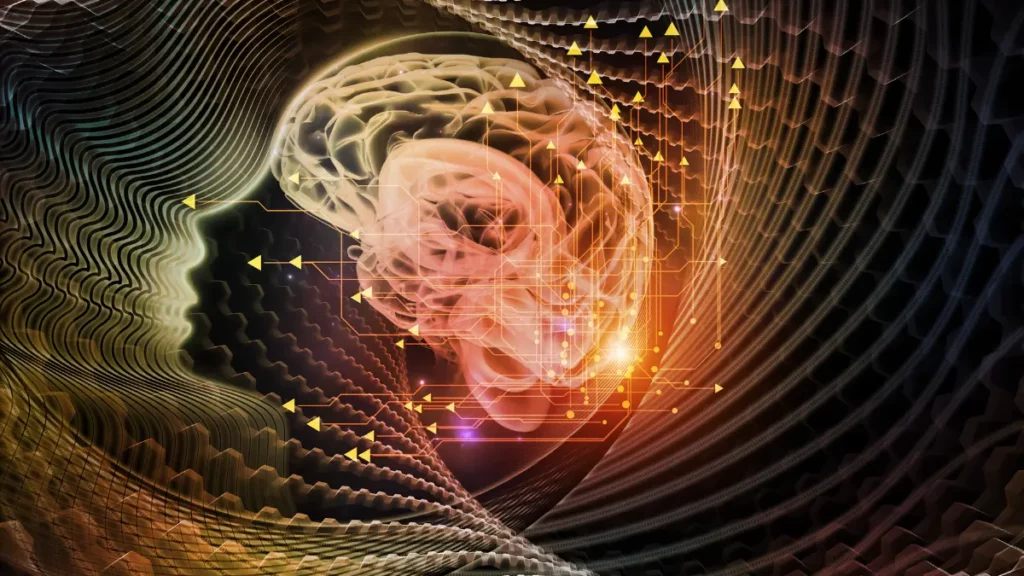Introduction: The Universal Quest for Mindful Living
Mindfulness, in its essence, is a state of being present, attentive, and non-judgmentally aware of one’s thoughts and emotions. Throughout history, cultures have developed their methods and practices to cultivate mindfulness. As our world becomes increasingly interconnected, experts like Satwant Dhillon have delved deep into understanding and comparing these practices.
They bridge the gaps between Eastern meditation traditions and Western cognitive therapies, emphasizing that the pursuit of inner peace and mental well-being is indeed universal. This cross-cultural exploration offers fresh perspectives and a more rounded understanding of mindfulness. Moreover, it showcases the inherent human desire for tranquility and clarity, regardless of cultural origins.
Western Cognitive Therapy: A Rational Approach to Mindfulness
In the West, cognitive therapy emerged as a practical approach to mental health in the latter half of the 20th century. Cognitive therapists work with individuals to identify and challenge negative thought patterns, thereby promoting healthier ways of thinking and responding to stressors.

At its core, this approach emphasizes the interplay between thoughts, emotions, and behaviors. The methodology has gained traction due to its evidence-backed results and its adaptability to diverse populations. Furthermore, its emphasis on self-awareness and self-regulation makes it an empowering tool for those seeking mental harmony.
Eastern Meditation Practices: A Spiritual Path to Presence
In contrast to Western methodologies, Eastern cultures have long harnessed meditation practices as tools for cultivating mindfulness and inner peace. Rooted in spiritual traditions like Buddhism, Taoism, and Hinduism, these practices emphasize a deep connection between mind, body, and the universe.
Meditation in the East often involves techniques like focused breathing, mantra repetition, or visualization. By regularly engaging in these practices, individuals learn to quiet the mind, enhance concentration, and foster a profound sense of inner calm. The spiritual depth of these practices offers a pathway to a higher state of consciousness and a more profound connection to the world around us.

Satwant Dhillon on The Synthesis of East and West
Renowned for his insights on wellness and spirituality, Satwant Dhillon highlights the beauty of integrating Western and Eastern approaches to mindfulness. He believes that by drawing from both traditions, individuals can craft a personalized mindfulness journey tailored to their needs and cultural context.
For example, someone struggling with anxiety might benefit from the structured interventions offered by cognitive therapy while also finding solace in Eastern meditation’s tranquility. Dhillon emphasizes that there’s no one-size-fits-all approach. Instead, it’s about understanding and respecting the myriad paths leading to mindfulness and selecting the one that resonates most with the individual. By embracing both traditions, one gains a multi-dimensional approach to well-being grounded in both empirical evidence and timeless wisdom.
Wellness in the Fusion of Cultures
The convergence of Eastern and Western mindfulness practices has profound implications for wellness. By blending cognitive therapy’s analytical tools with meditation’s spiritual grounding, individuals can access a holistic approach to mental health. This synthesis offers dual benefits.
From cognitive therapy, one gains strategies to tackle specific psychological challenges, while Eastern meditation practices provide a broader foundation for overall mental and spiritual well-being. Satwant Dhillon often shares that it’s this holistic view – encompassing mind, body, and spirit – that paves the way for true wellness. Embracing this integrative perspective, individuals can navigate the complexities of modern life with balance and serenity.

Practical Steps to Embrace Both Traditions
1- Educate Yourself: Dive into resources on both Western cognitive therapy and Eastern meditation practices. Understanding their principles and techniques is the first step in integration. Knowledge is empowering, and having a grasp on both approaches ensures an informed and flexible approach to mindfulness.
2- Seek Expert Guidance: Reach out to professionals, such as therapists or meditation instructors, for personalized advice. Figures like Satwant Dhillon offer invaluable insights, having trodden the path themselves. Their experiences provide a roadmap, illuminating potential challenges and highlighting the most beneficial practices.
3- Practice Regularly: Whether you’re engaging in cognitive exercises or meditation sessions, consistency is key. Regular practice embeds these techniques into daily life, making mindfulness an accessible refuge amid life’s challenges. Through consistent effort, the practices become more ingrained, fostering a natural state of mindful living.
4- Stay Open-Minded: Remember that both traditions have their strengths. By staying open to learning and adapting, you’ll discover the unique blend that works best for you. An open-minded approach ensures receptivity to the vast wisdom that both traditions offer, enriching the mindfulness journey.
Conclusion: The Global Tapestry of Mindfulness
In today’s interconnected world, barriers between cultures and traditions are fading. This presents a golden opportunity to draw from the collective wisdom of humanity in our quest for mindfulness and wellness. Through figures like Satwant Dhillon, we’re reminded that, regardless of our cultural or geographical origins, the yearning for inner peace and mental clarity is universal.
By appreciating and integrating both Western cognitive therapy and Eastern meditation practices, we can carve out a unique and enriching path toward holistic well-being. As we delve into this harmonious blend, we uncover the interconnectedness of human experiences, realizing that diverse paths can converge to the same destination of inner peace and wellness.

